Ewe milk production is the key factor influencing lamb performance in the first seven weeks of life. Ewe milk contains approximately 20% dry matter (much higher than a dairy cow) and the young lamb can convert this to liveweight gain on a 1:1 ratio. This means that for every kilo of milk dry matter the lamb consumes, it will increase its liveweight by 1kg. A total of 5kg of milk is required to give 1kg of dry matter.
Milk production is influenced by a multitude of factors, including nutrient intake, body condition score, litter size and age of the ewe.
The average milk production of a twin-bearing ewe during the first month of lactation will be between 2.5 and 3.0 litres per day. This is equivalent to a dairy cow producing 25 to 30 litres of milk per day.
The peak milk production for a twin-bearing ewe is approximately 21 days after lambing and 28 days after birth for a single-bearing ewe. This can vary, depending on the nutrition of the ewe.
Table 1 indicates the ME requirements of a twin-bearing ewe during the final two months of pregnancy and the first three months of lactation.
As a guide, very high quality spring grass would contain 12.2 to 12.4 MJ of ME per kilo DM. Barley contains approximately 13.2 MJ ME per kilo DM.
The increase in intake by the ewe is slower than her increase in energy requirements, resulting in the mobilisation of body reserves and a loss of body condition. This is a normal and important part of the production cycle.
It is recommended that the average condition for a lowland flock at lambing is 3.0. Ewes with a body condition score (BCS) of 3.5+ may have a lower lactation intake potential when compared with ewes with a BCS of 3.0. Between mid-pregnancy and early lactation, an affordable drop of up to 1.0 unit of a BCS is acceptable.
During late pregnancy, the drop in BCS should be less than 0.5. This 0.5-unit drop is equivalent to approximately 100 MJ ME of energy.
Spread over a seven-week period, the daily energy supply coming from this level of body condition score change is equivalent to the energy content of 150g of barley. However, excessive mobilisation of body reserves during late pregnancy can lead to twin-lamb disease, so monitoring ewe BCS is vital.
Supplementation
In terms of supplementing the ewe, this is easier to do in late pregnancy than in early lactation. Energy reserves should be used in early lactation rather than late pregnancy.
Teagasc data indicates that spring grass with a sward height of greater than 4cm should be adequate for the ewe during early lactation.
Where sward heights are less than 4cm, supplementation is advisable to sustain flock performance.
For the ewe to efficiently utilise her body reserves in early lactation, she must have adequate protein intakes. For ewes at pasture protein levels are generally adequate, but for housed ewes we need to consider protein levels in the concentrate. If ewes are fed to meet 80% of their energy requirements in the housed situation, increasing the dietary protein content from 10% to 17% will increase milk production by 30%, with a knock-on effect on lamb growth rate. This extra milk production is achieved by utilising body reserves.
Milk yield is the main driver of lamb growth rate but litter size has a major effect on individual lamb performance.
Work at Lyons Research Farm last year showed the differences in growth rate for lambs born and reared as twins or lambs born as twins but reared as singles (Figure 1).
All lambs had a common birth weight in this study (5kg) but by five weeks of age, lambs born as twins and reared as singles were 2.8kg heavier than their counterparts born as twins and reared as twins.
The difference is coming solely from milk intake. This highlights two points. Firstly, it shows how efficient a twin-suckling ewe is at converting grass intake to lamb growth rate. Secondly, it emphasises the need to have good milking ewes in your flock. These early differences in liveweight persisted right through to weaning time.
A key part of what takes place at Lyons Research Farm is the training of new scientists. Two PhD students, Fiona McGovern and Frank Campion, are examining the role of nutrition during late pregnancy and early lactation on subsequent ewe and lamb performance.
Tommy Boland is a researcher and lecturer at UCD. Fiona McGovern and Frank Campion are PhD students currently researching at Lyons Estate.
Fiona McGovern
Can we programme the lifetime performance of sheep by how we feed their mothers when pregnant? My PhD is investigating this question.
What we are really asking is, will the lambs performance be permanently changed as a result of the diet his/her mother receives, regardless of how we treat that lamb after birth?
The answer is yes, but it depends on the type of diet and when we feed it. One aspect of my work looks at the lamb’s ability to acquire immunity from the colostrum.
Disease is one of the main causes of lamb mortality in the first two weeks of life. The acquisition of immunity from colostrum is necessary to minimise this risk.
Recent work from Lyons shows that excess iodine supplementation reduces the lamb’s ability to absorb immunity from the colostrum. My work will examine how and why this happens. What does it mean for the disease occurrence and parasite resistance of the lamb? Can we improve the acquisition of immunity from colostrum? A second aspect examines the effect of energy intake on lamb performance to slaughter.
New Zealand research has highlighted restricting the level of energy offered to the ewe during pregnancy can result in reduced lamb weights at weaning. This increases days to slaughter and reduces the percentage of ewe lambs reaching their target bodyweight for mating.
Furthermore, altering the level of energy offered to the ewe has been found to influence the milk production potential of both her and her offspring with excess feeding of ewes. This results in offspring with a greater accumulated milk yield in their first lactation.
My work focuses on the late pregnancy period investigating the effects of offering a restricted (80% ME) versus an excess (120% ME) level of energy to late pregnant ewes on both ewe and lamb performance. Interestingly, there were no differences in the birth weights of lambs born.
Frank Campion
The net energy system, or quoting the energy content of feeds as UFL and UFV, has become more common in the dairy and beef industry, with less focus in the sheep industry. My first experiment examined the response in ewe and lamb performance to rationing ewes during late pregnancy, using either a net energy system or a metabolisable energy system.
Ewe and lamb performance were unaffected by the energy system used, indicating the net energy system is appropriate for rationing ewes in late pregnancy but it does not offer advantages over the metabolisable energy system.
One of the most important indicators of late pregnancy nutrition is the quantity of colostrum produced by the ewe. Indeed, this is often a problem at farm level. Colostrum production has been measured on almost 1,000 ewes over the past 20 years. I am analysing this data set to construct prediction equations for colostrum production.
Starvation and hypothermia are both linked to inadequate colostrum supplies and are perhaps the major cause of lamb mortality in the first two days of life.
Another major aspect of my studies is understanding the changes taking place in the ‘transition ewe’, i.e. the ewe going from an indoor housed system in late pregnancy to an outdoor grazing system in early lactation.
There is a massive change in ewe requirements and the rumen must adjust to dietary changes to meet these requirements. This spring, an experiment to measure the grass intake and milk production potential of the ewe during early lactation will take place.
Sixty-two ewes will be individually penned with their lambs and zero-grazed for the first seven weeks after lambing. Within this study, the effects of grass quality and concentrate supplementation on ewe and lamb performance will also be investigated, along with changes in body reserve mobilisation and rumen function.







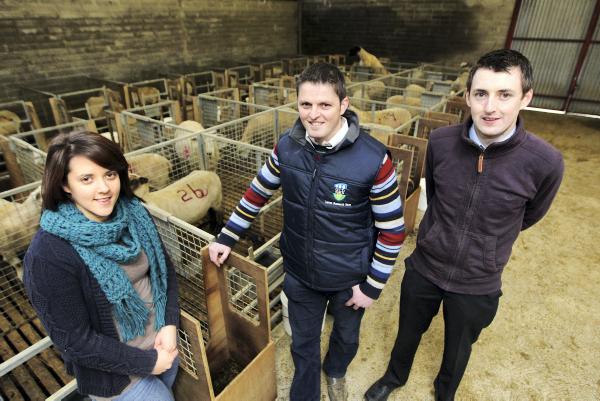
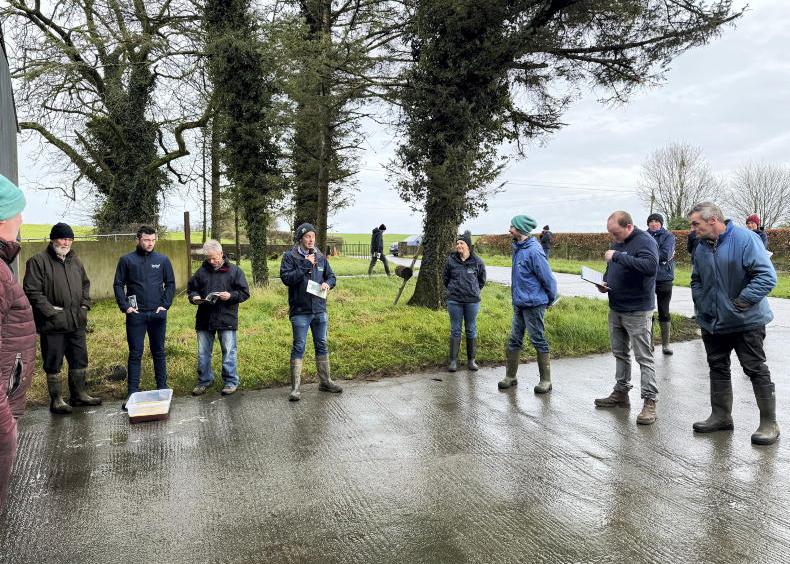

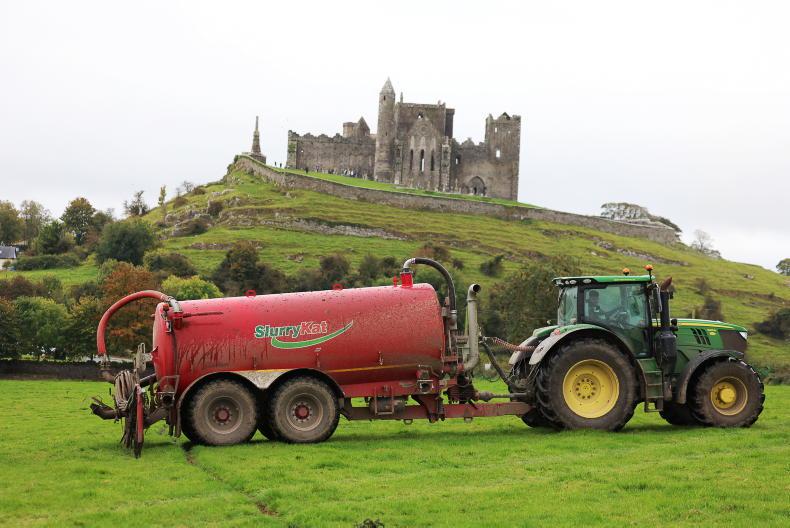
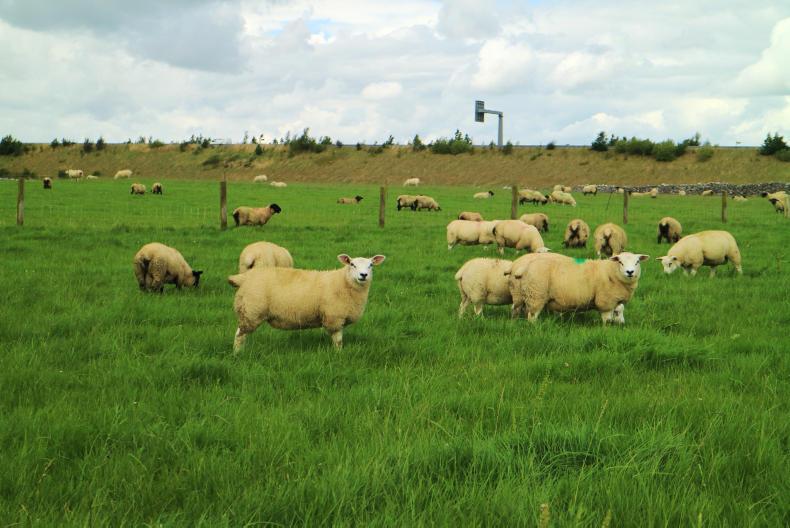
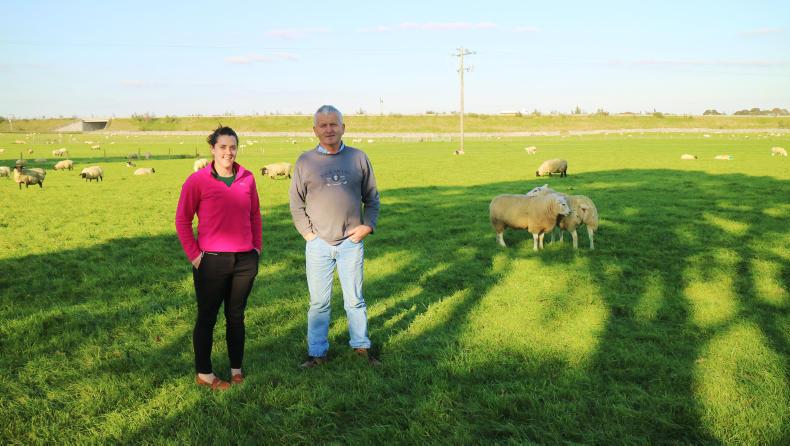
SHARING OPTIONS